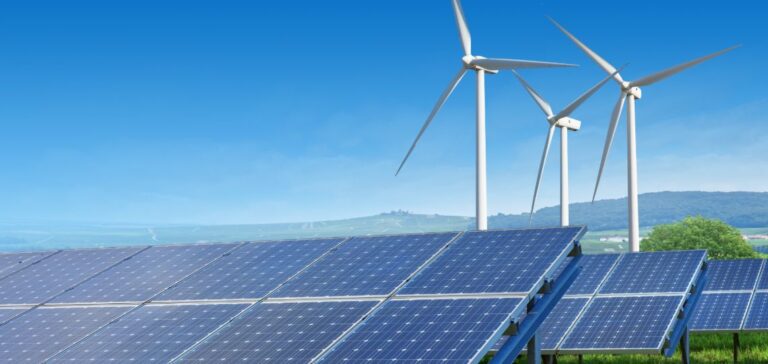The European market for long-term power purchase agreements (PPAs) for renewable energy projects recorded 19 gigawatts (GW) of newly contracted capacity in 2024, according to the Europe Renewables PPA Tracker report published by Wood Mackenzie. This growth reflects a resurgence in demand, particularly in Spain and Germany, which together accounted for 30% of the total contracted capacity.
Dominance of solar and wind technologies
Photovoltaic and wind projects accounted for approximately 80% of the newly contracted capacity, with similar volumes for each technology. Alongside Spain and Germany, Poland, the United Kingdom and Greece entered the top five most active markets across all contract types (corporate, route-to-market and utility). This trend highlights a progressive geographic rebalancing of PPAs across the continent.
Changing contract structures
The report highlights the rise of new contractual forms, particularly the integration of battery energy storage into renewable projects. While still representing a small share, these hybrid agreements address negative pricing periods observed in wholesale markets. According to Dan Eager, Research Director for European Power and Renewables at Wood Mackenzie, these structures “primarily attract energy-intensive industries and data centres seeking consistent and predictable electricity supply.”
Corporate PPAs at the core of contracted volumes
Corporate PPAs dominated the market, accounting for over 70% of deals concluded in 2024. The technology and data sectors were key drivers of this demand, using PPAs to secure their future energy supplies. Route-to-market agreements, which enable producers to directly access wholesale markets, were the second most common contract type.
Shifting price conditions at the start of 2025
Early 2025 has brought a complex pricing environment, shaped by curtailment risks, negative pricing and retail tariff changes. While PPA prices generally declined in 2024 in line with falling wholesale electricity prices, regional and technological variations remain. Wood Mackenzie’s analysis highlights particularly competitive conditions in the Iberian Peninsula, for both solar PV and onshore wind.
2026 outlook and the emerging role of hydrogen
The study’s projections for 2026 suggest continued opportunities for competitive deals, particularly in solar and selected onshore wind regions. The report also anticipates the emergence of hydrogen PPAs, pending regulatory clarity.
Dan Eager stated: “The growing presence of low-cost renewables is placing pressure on wholesale price formation, particularly in spring and summer, increasing volatility.” Wood Mackenzie’s market models forecast declining capture rates for producers and an evolution in the risk components of PPA pay-as-nominated structures. This shift could redefine the balance between developers and energy offtakers in the coming years.





















